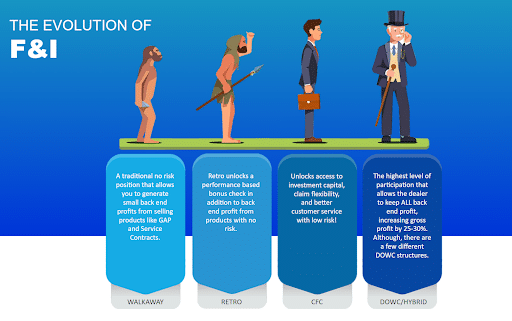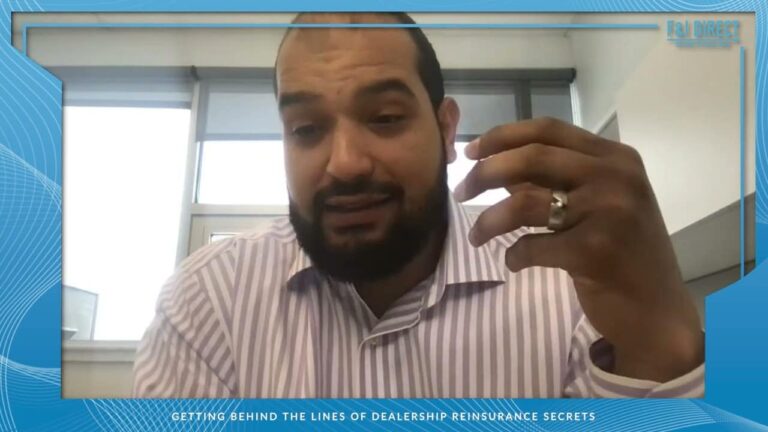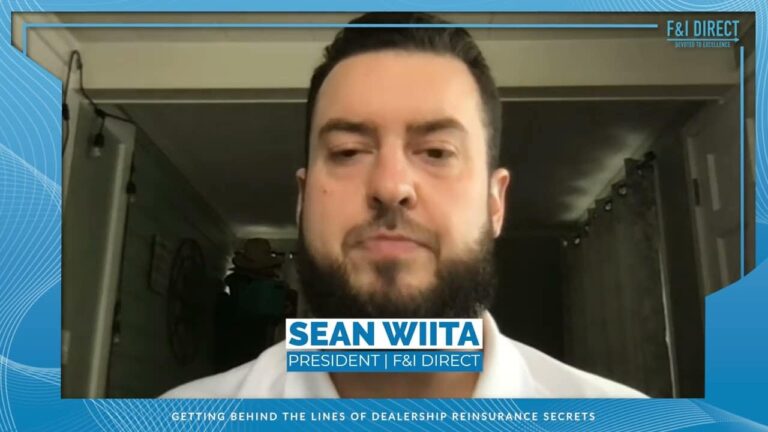An upfront premium payment is an advance from the insurance company that covers your warranties that is based on the projection of your future performance, past performance, and current claims.
Based on their projection, you receive a check for a lump sum amount that your dealership pays back with future sale of contracts. This isn’t a loan, but it does get paid back because the dealership forgoes its reinsurance position for the upfront money, and gives that business to the insurance company.
There are some pros and cons to an Upfront Premium Payment position you may want to consider before committing to that structure.
Pros:
- Upfront Cash
- This will put cash directly into your dealership each month
- There is no wait time before the premium is earned
- Based on Projection
- If you have an established performance history, the underwriting process is easy
- There is no pay-back
- The dealership does not have to pay back an upfront premium payment
Cons:
- The Dealership forgoes long-term profit
- In this position, the dealership does not have the opportunity to benefit from investment income earned from premium payments
- Tax Liability
- With an upfront premium payment, the dealership takes on additional tax liability
- The Upfront payment is received as income without any tax deferral
- No Reinsurance income
- In this type of structure, the dealership can’t leverage reinsurance or earn income from reinsurance
While this type of structure may not be advantageous for dealerships that sell over 50 units, a smaller dealership may see the upfront payment as worthwhile.
There are so many factors to consider when deciding which structure best suits each dealership, so a dealership diagnostic is necessary to determine which structure makes the most sense on an individual basis.




